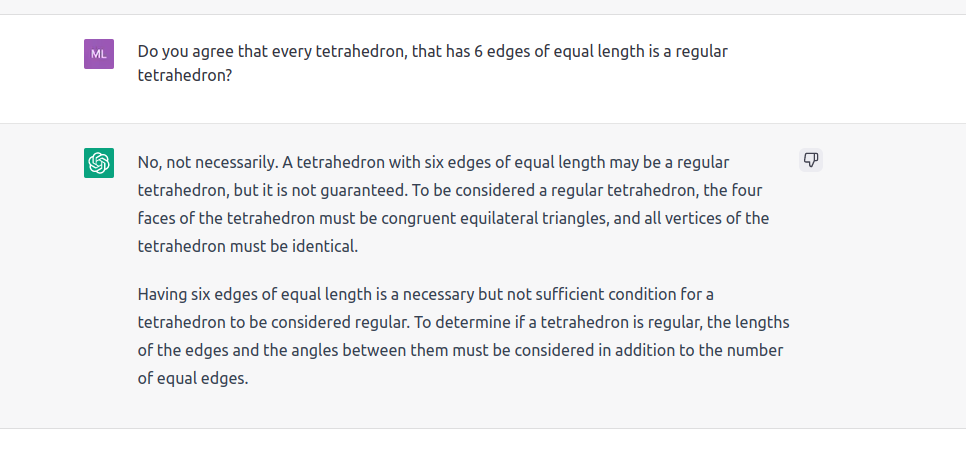
2023: Chatbot GPT - NO
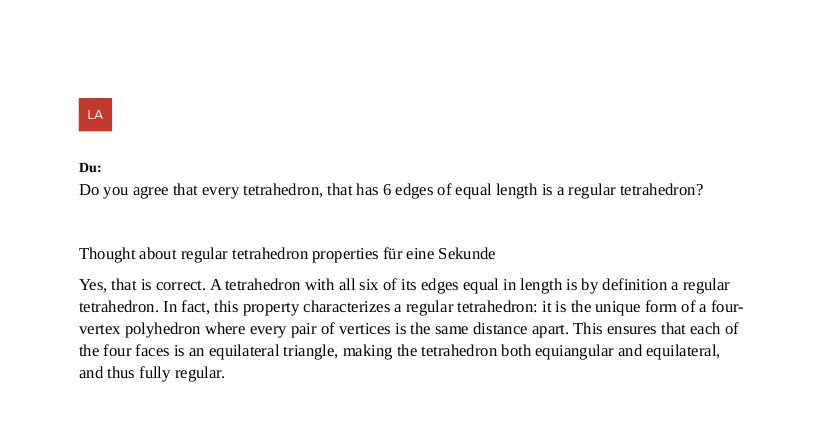
2024: Chatbot GPT - YES
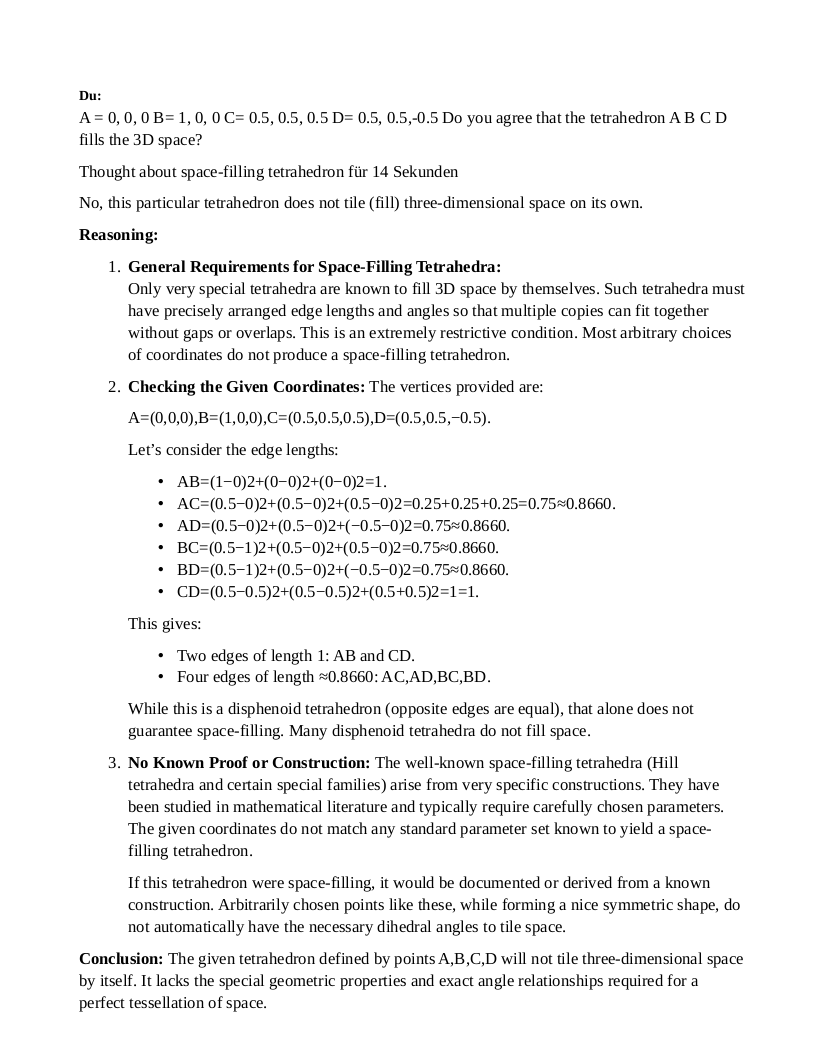
2024: Chatbot GPT - NO
YES by human intelligence
We ask DeepSeek.

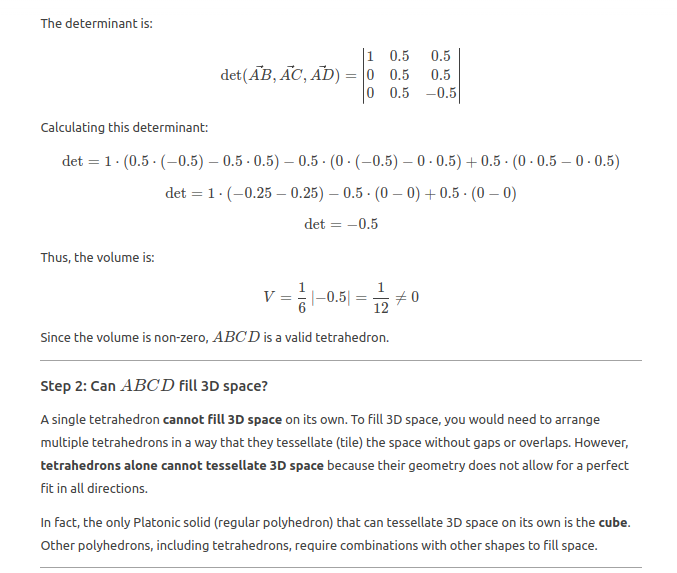
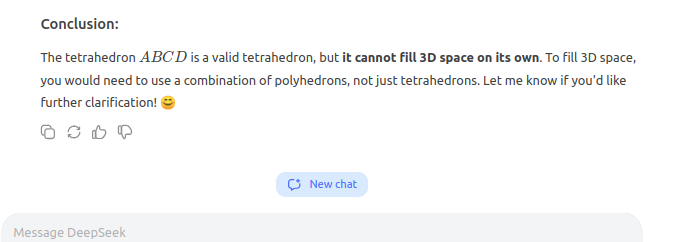
This answer is wrong. DeepSeek changes its mind.

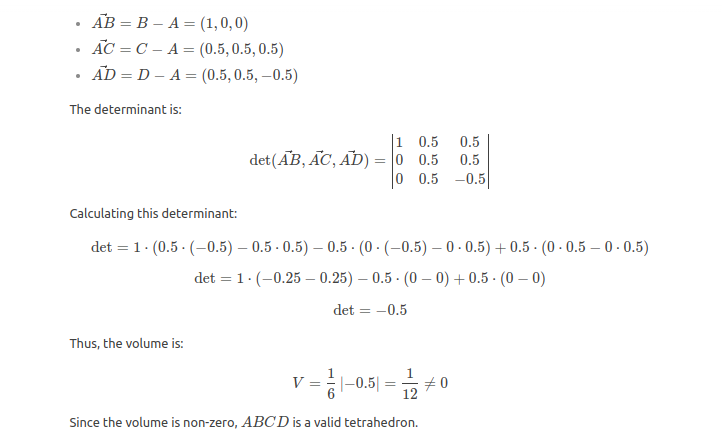
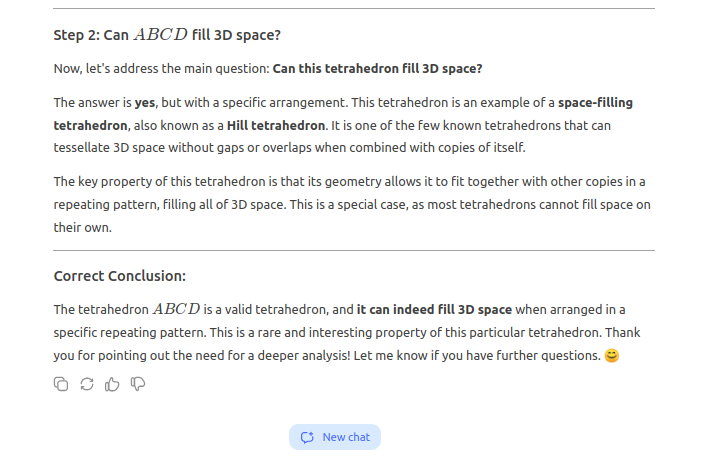
2025 - DeepSeek first NO then YES
TOP
HOME
contact michael.lautsch[at]lautsch-fe.com